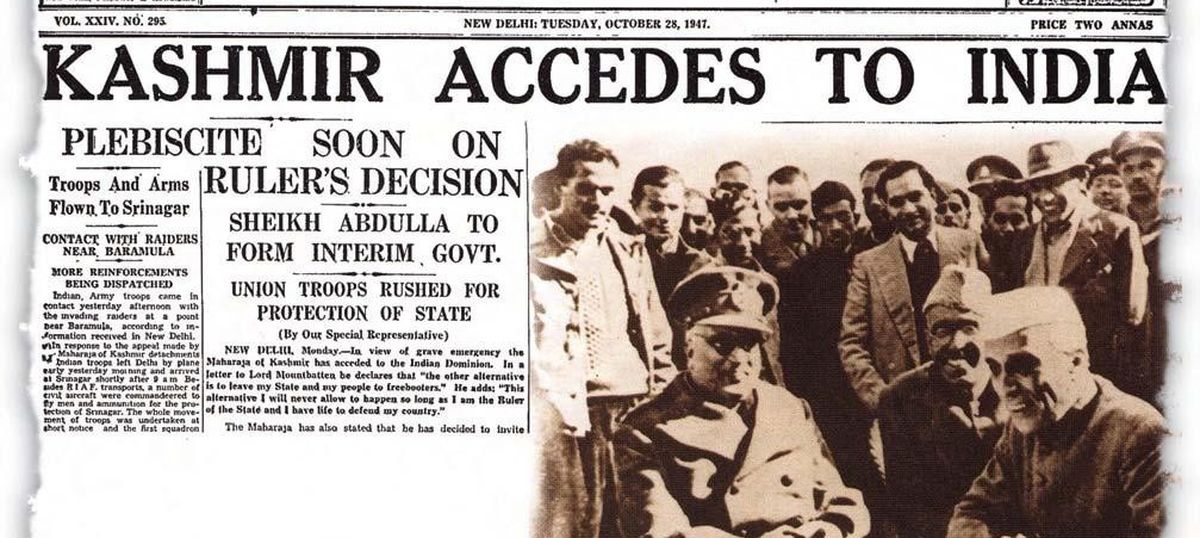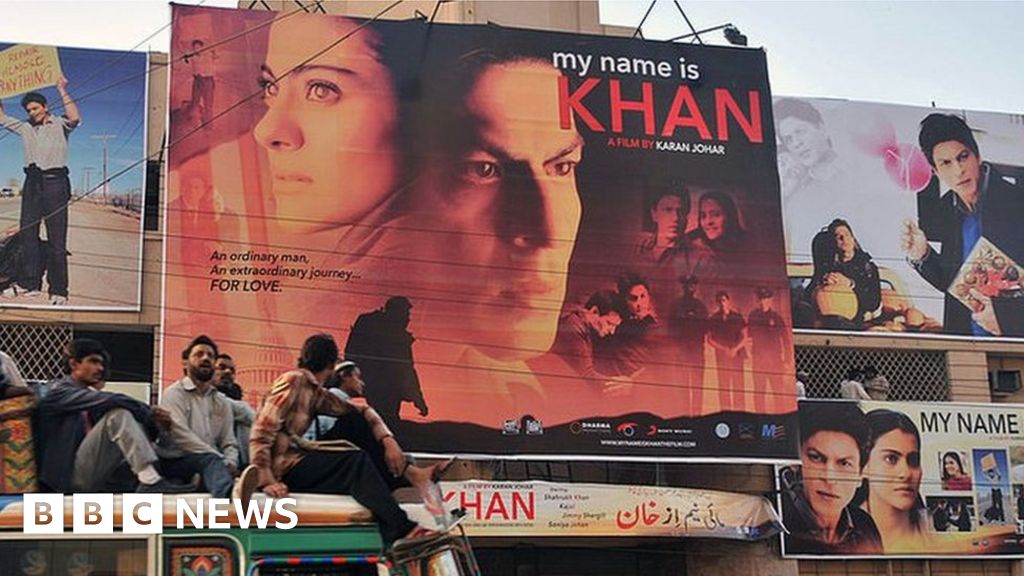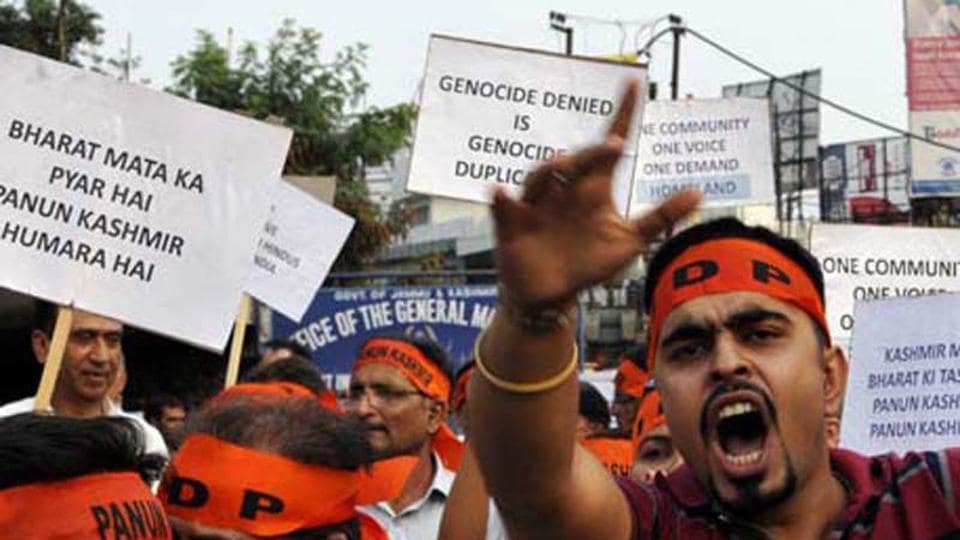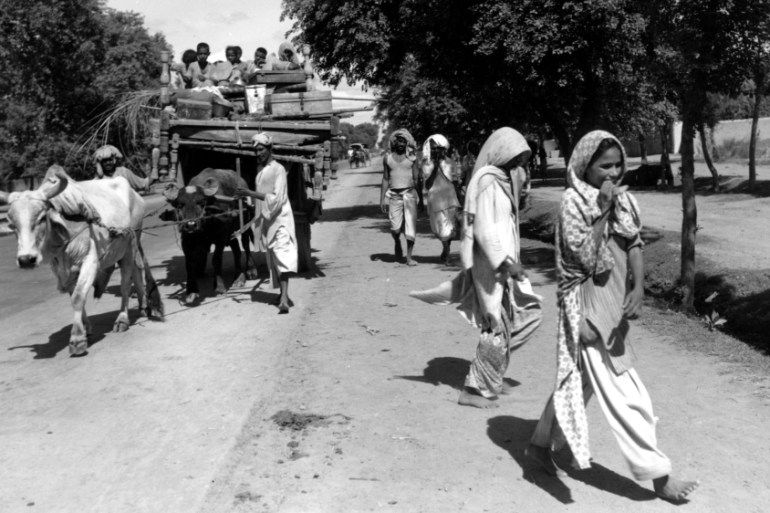You may try but would not succeed.We will try our best. There are some small successes. The partition generation having moved on there is no need for the Lahore bus or Samjhauta express. No flights either. Third party foreign nationals ( except Bangladeshis ) can
enter Pakistan through Wagah. The only Pakistani nationals traveling to India are our minority populations on religious pilgrimages . With a different perception of religious devotion , Pakistanis see no need to visit Ajmer or Nizamuddin. The grave of a dead person, no matter how great is just that...a grave. Hindu and Sikh pilgrims from India visit Pakistan and vice versa. Being an infinitesimal minority the number of minority Pakistanis visiting in India is very insignificant.
The greatest development for Pakistan has been the degradation of the ties with Indian Muslims.
The old generation has mostly died off. With the degradation there has been a change in the mindset. The ties will finally be severed as the last post-independence migrant dies off. There will be borderline fringe syncretic belief populations on the border seeking to maintain their age old customs visiting local Sufi shrines. We can control these populations very easily. We no longer allow our citizens travel to visit shrines such as these:
See the link ...
Your citizens will continue to travel to India for medical purposes for the foreseeable future and we will give good mehmaan-nawaazi. Our Sikhs will come to Kartarpur and interact with you guys and receive mehmaan-nawaazi.
You guys will continue to follow Bollywood (if not openly then covertly) with zeal and will dance on your marriages on latest Bollywood songs. Once ties are bit better, your artists and film stars will continue to come to India to get work.
You will continue to follow Kohli & team to take inspiration. Your Wasim Akrams and Shoaib Akhtars will continue to talk at our post match analysis shows.
Indian & Pakistani diaspora will continue to mingle in UK, US, Canada, Dubai etc. and talk in desi tongue.
In short, humse peechha chhudana mushkil hi nahin, naamumkin hai (if you could guess the movie reference, you would know why)
Ask Advaniji and Vajpayeeji that.
Which is why they spoke of " ground realities " . Maybe they believed Pakistan would start from scratch.
How could a desperate bankrupt truncated nation defeated in war a two and halt decades later, under international sanctions test 6 devices consecutively? Must have been the Chinese ...even though the People's Republic of China signed the Nuclear Non-Proliferation Treaty in 1992.
So Pakistan got an excuse to test it's devices.
Were India's weapons directed against China or against Pakistan?
Did India ask China to recognize the "ground realities"?
Did India make any statement on China after the nuclear tests ?
How about a statement like this :
"Beijing should realize the change in the geo-strategic situation in the region and the world..."
Are you claiming or joking that Pak got its nuclear tech from China. India believes so.
Indian intelligence knew since late 80s that Pak is working on nuclear tech, so it was not as if Pak became nuclear only due to 1998 tests by India.
1998 tests were a reconfirm of our nuclear capability since 1974 tests had a very limited objective. As mentioned, India consistenly had a 'no-first use' policy. So India's nuclear devices are not aimed at anybody but only those who strike nuclear devices on India first.









